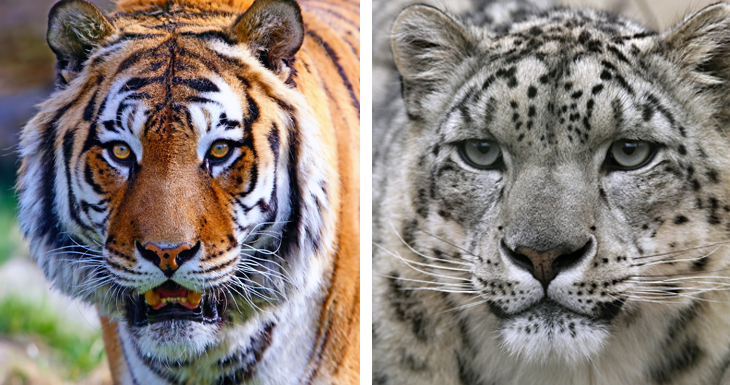When climbing to high altitudes you cannot help but notice the landscape turn from greenery to barren rock/ice. As the oxygen thins out the capacity for life diminishes. Why even as you climb up you get to realise that moving around becomes rather unnatural for lung wielding beings never mind plants.
So, is there life up there living and thriving? Well, evolution and adaption has helped some creatures survive up high. The key ingredient? Haemoglobin in the red blood cells! This takes oxygen to the body tissues.
Those of you who have climbed to high altitudes, where the number of oxygen molecules per breath is greatly reduced, know that it must be done slowly over days, thus giving the body time to acclimatise (at each new height), and start producing more red blood cells.
Some of our animal friends have a mechanism in their body that means their haemaglobin has a greater affinity with oxygen, some have adapted further, here are a few examples:
Superbird – The Bar-Headed Goose
Yes, a lot of birds fly at altitude to some extent, but, these geese take it to the extreme. Every year they migrate OVER Everest and through the Himalayas. Often seen flying above 10,000 m (32,800 feet). Not only does their haemoglobin take oxygen better than a lot of birds its wingspan is large towards it weight and gives it great flapping power. With high altitude tailwinds this makes it go with ease at a huge rate of knots.
Jumping Spiders

The Jumping Spider, more than often seen in tropical forests and low lying scrub land. However there are species that live way up high. Take the small Himalayan Jumping Spider for instance. Found living up to 6,700 m (22,000 feet) on Mt Everest.
Of course there is no obvious prey for it is there? They feed on insects blown up from lower altitudes.
The LLama

A relative of the camel, can live up high and down low. South America and the Andes have a lot of altitude living llamas.
Scientists have found that taking a llama from the lowlands and putting them high in altitude does not cause as much distress to them as us humans.
It all seems to be a hereditary trait, something the camel itself does not have. The question is has evolution given it to the llama or lost it from the camel?
The Yak

Another symbol of the Himalayas, the Yak! These great animals can climb up to 6,100 m (20,000 feet).
As a matter of fact a true yak cannot normally live below 10,000 feet, they are very susceptible to disease.
Many of the lowland ones are the result of cross breeding with cows.
Big Cats Together Way Up High

In the Bhutan foothills tigers are known to roam, but, In 2010 a BBC film crew found not only tigers living higher in the mountains (up to 4000 m) but thriving well and breeding well too.
Due to studies and film this one valley has become the only place in the world where tigers, snow leopards and leopards live together sharing the area.
The list of wildlife at altitude does not cease there, for instance there is the Tibetan Fox in Asia and the Condor of the Andes. Not to mention all the mice and insects. It’s not so barren after all.








Love all of these! My favorite is definitely that majestic orange tiger (rawr!), but these are all great shots. Nicely done! 🙂
Beautiful. I specially liked the spider. Thanks for sharing these with us and I am sure there are more to come:)
This photos are amazing and so alive! I adore all these animals!
Thanks for sharing them!